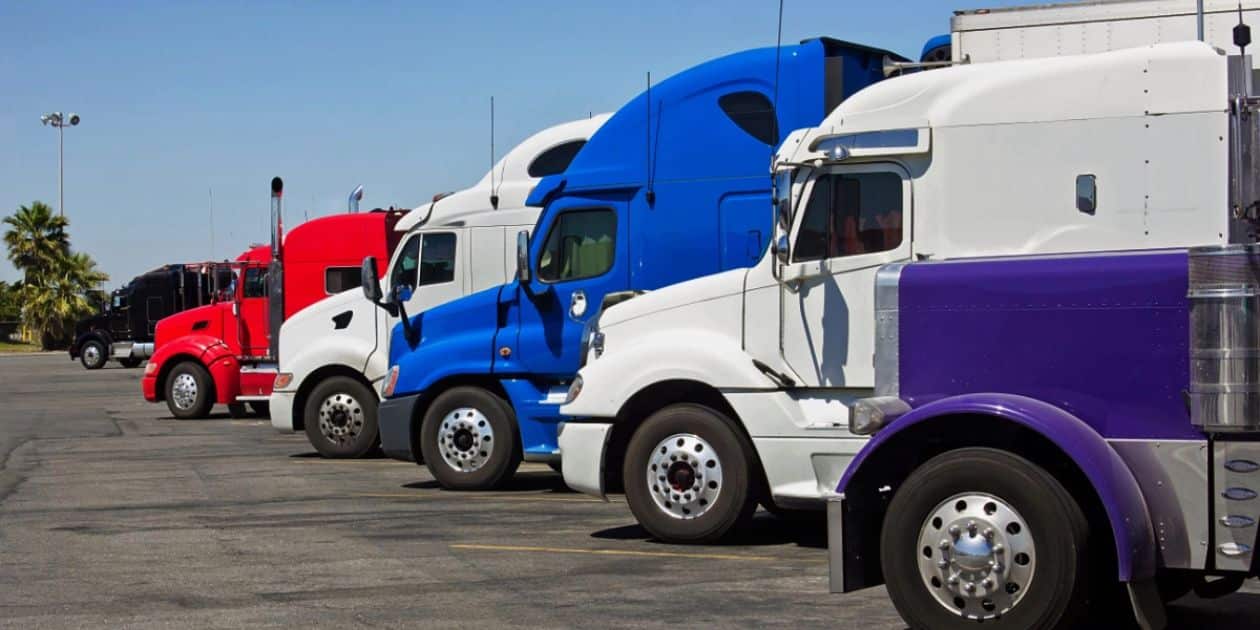Scaling a trucking business involves investing in technology and processes. To make the business more efficient and to improve customer service. This includes investing in better software, new equipment, and training staff. Scaling a trucking business can be a daunting task for any business owner. But with the right strategies and tools. You can expand your trucking business, and reach more customers. When you get more customers you increase your profits. By understanding the different aspects of scaling your business. You can create a plan that will help you grow your trucking business.
Now we discuss our main topic which is How To Scale A Trucking Business
Identifying Business Objectives
Business objectives are an essential part of scaling a trucking business. This will help business owners define success and set measurable goals. You will also create a plan to reach those goals. The objectives should be revisited to ensure they are still relevant and achievable. The next step is to identify the desired outcomes. This includes short-term and long-term goals that will guide the business toward success. For example, the goal might be to double the fleet size in the next three years. These goals should be measurable and achievable.
Establishing Goals
Establishing goals is an essential part of scaling a trucking business. Goals should be set that cover both short-term and long-term objectives. Short-term goals are those that can be accomplished in a relatively short period of time. Long-term goals are those that need more time to achieve. It is important to consider both the financial and operational objectives that need to be met to ensure the success of the business.
Growing the Fleet
Growing the fleet is one of the most important aspects of scaling a trucking business. Having a larger fleet allows for more deliveries to be made and for more customers to be served. There are several steps that a business can take to grow its fleet.
The first step to growing the fleet is to look into leasing or renting vehicles. This is a great option for businesses that may not have the upfront capital to buy more trucks. Renting vehicles provides businesses with the flexibility to increase or decrease the size of their fleet when needed. It is also a great option for businesses that are looking to test out more vehicles before making a long-term investment.
The second step to growing the fleet is to buy extra trucks. Purchasing trucks can be a great investment for businesses that have a steady demand for deliveries. When purchasing trucks. It is important to look into the warranties, and maintenance costs. Businesses should also consider investing in technology to ensure that their fleet is running at its peak. This can include GPS tracking, and fleet management software. Also other tools for tracking and managing drivers and deliveries. By investing in technology, businesses can save time and money.
Establishing a Strong Online Presence

Establishing a strong online presence is essential for any trucking business. It wants to scale and reach a larger customer base. Having an online presence will help to spread awareness of the business. and its services. Enabling potential customers to find the business and inquire about its services. An effective online presence is a professional website that outlines the services offered.
A strong social media presence on platforms like Facebook, Twitter, and Instagram to engage with customers. A consistent blog to provide helpful information and resources to potential customers. It is important to make sure that the business’s website is optimized for mobile devices. This will ensure that potential customers are able to view the website. Also, access the business’s services from their phones or tablets.
Leveraging SEO
Leveraging SEO is an important element of a successful marketing strategy. SEO stands for Search Engine Optimization. It is a process of optimizing a website so that it will rank higher in the search engine results pages (SERPs). This can be done through a variety of methods such as keyword research, content optimization, link building, and more. By optimizing a website for the right keywords, trucking businesses can improve their visibility in search engine results. By doing this you attract more potential customers.
Conclusion
Scaling a trucking business requires careful planning and execution. It involves investing in resources such as vehicles, equipment, and personnel. Aso developing a comprehensive business plan. It is important to build relationships with customers and other businesses in the industry. Take advantage of technology and digital solutions to streamline processes and increase efficiency. With these steps in place, any trucking business can be successful in scaling to new heights.






